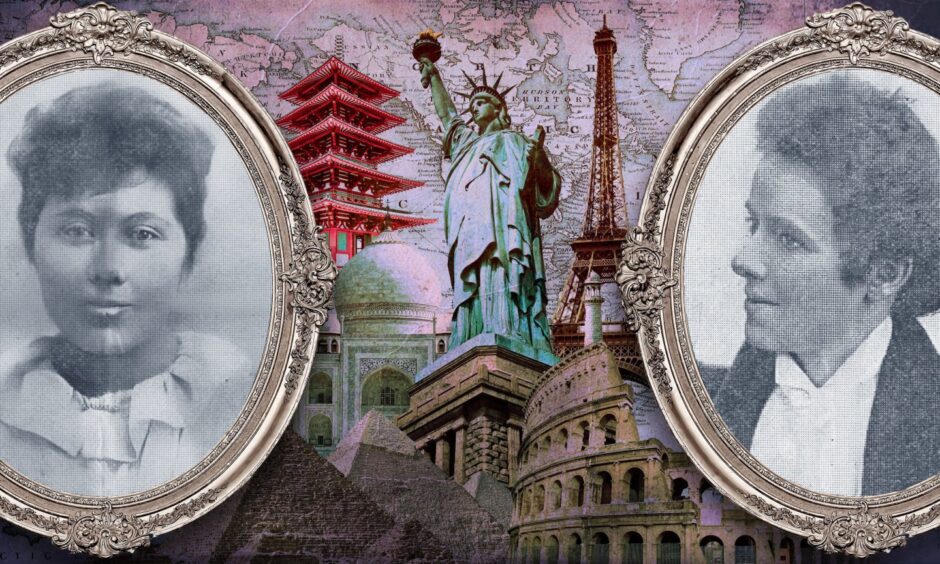
In 1894 Dundee journalists Marie Imandt and Bessie Maxwell were given an opportunity of a lifetime.
One that would not ordinarily have been afforded to women in the 19th Century.
Marie and Bessie travelled round the world for a year reporting on the lives of women, close enough to some of the conflicts of the period.
Besides European countries, they travelled 26,000 miles and visited Egypt, India, China, Japan, Canada and the United States.
Their articles were published twice weekly for over a year.
They were no longer consigned to the tame backwaters of the women’s pages.
The ladies would circumnavigate the globe
On February 1 the Dundee Courier announced the “unparalleled scheme”.
Managing proprietor David Couper Thomson said the Ladies Tour was to redress the gender imbalance of a working men’s tour around America the previous year.
Though hailed a far greater success than was ever anticipated, Mr Thomson was “well aware that its weakness lay in the absence of women delegates”.
The article read: “Now, however, the cause of women is to triumph.
“Two brave young ladies have, in the interests of their sex, undertaken, at the request of Mr D. C. Thomson and his brother, Mr Frederick Thomson, to circumnavigate the globe.
“These ladies are not only intrepid, but they are shrewd and observant, are possessed of undoubted literary ability, and are in complete sympathy with the stupendous task in which they are about to engage.
“Their instructions are, briefly, to go round the world, to mix with its peoples, and to ascertain for themselves how it fares with womankind in every important nation of the earth.
“The journey will simply be unparalleled.
“Thus the leading nations of the earth will pay tribute of rich information, and when that information has been gleaned it will be distributed by The Courier and Weekly News among all English-speaking races.”
Marie was 33 and Bessie was 23
Marie, from Hill Terrace in Broughty Ferry, was 33.
She had been on the staff for seven years and was the “chief lady correspondent”.
She was the daughter of Peter J. Imandt, a teacher of German at the High School of Dundee, where she was schooled as a young girl.
Marie was described as an experienced reporter in social functions, exhibition openings and marriages of women who move in the upper circles of society.
Bessie, from Windsor Street in Dundee, was 23.
She joined the Dundee Courier from the city’s University College.
Her women’s contributions were unsigned but her accounts of entertainments in Dundee and neighbouring towns were “pleasing and skilfully written”.
The paper said Marie and Bessie were pioneers on a “gigantic mission”.
Several hundred readers flooded the platform at Tay Bridge Station on February 8 when the women boarded the 12.15pm train to London.
The paper said it was very doubtful there had ever been such a gathering at the station “as that which attended the off-going of The Courier lady commissioners”.
Bessie almost missed the train in the excitement.
Round-the-world trip seemed ‘wildly impossible’
Marie and Bessie crossed the Channel on the Empress and took the train to Paris.
They were greeted at the station by Tayport artist Frank Laing and Perth artist “Miss Low” who would be sketching the year-long adventure.
They enjoyed a glimpse of Paris “picturesque with night shadows and dazzling lights”.
First Letter from the Ladies appeared on February 13.
Marie wrote: “To go round the world and see as much of it as we possibly can of things likely to interest women was so large a standing order that at first glance it seemed a wildly impossible one.
“Now, however, that we are fairly started on our way, with everything made delightfully smooth, nothing seems more simple than to go literally round the world.”
Marie and Bessie travelled through France and Italy.
They visited a Florentine cigar factory where “girls begin at quite an early age, and they continue to work for a good many years”.
Marie said: “The older women make better wages than the younger ones.
“A reason given for this is the fact that the young women chatter incessantly, are badly disciplined, and waste their time.”
Overgate was worse than Calcutta slums
The two travellers visited the ruins of ancient Rome before sailing to Cairo.
There were home thoughts from abroad when the captain spoke to them about his experience of Broughty Ferry while travelling through the Suez Canal.
He was the first captain to bring Indian sailors to Dundee.
“At the name, Dundee, he grew full of interest,” said Marie.
“He knew it well, former ship of his had been built the Messrs Gourlay, and once or twice had been in their yard for repairs.
“It was strange as we glided through the historical canal to hear stories and chit-chat about Broughty Ferry.”
They watched a Turkish wedding and journeyed by camel to visit the pyramids in Egypt.
During their stay in Calcutta, they reported back on the working conditions for women, with specific attention to those who worked with jute.
Marie said the conditions for jute mill workers were better in India.
She went to the slums in Calcutta but stressed she had seen “greater and more degradable” misery, vice and sin in the rowdy streets of the Overgate.
They also visited a number of world-famous sights including the Taj Mahal.
Bessie said: “It burst upon us suddenly like an exquisite apparition, and we stood gazing eagerly upon it, drinking greedily in all its wondrous beauty, and feeling that all the descriptions we had heard and read of it, had, after all, not done it justice.”
Dundee journalists met inmates in women’s prison
Marie visited an opium den in Shanghai.
She labelled it an “agreeable contrast to a drink shop” and “certainly far less beastly than whisky drinking”.
Marie wrote: “It goes on unobtrusively and quietly.
“The whole community is not tormented by a few delinquents, as in the case of whisky.
“Opium is not forced upon the public as our national beverage is.”
They observed some tough living conditions and ill-treatment of women.
They went to a women’s prison in China where prisoners had been forced by their husbands to kidnap children.
The women travelled to Japan during the Sino-Japanese War, which began that year between the country and China, and saw the temples of Tokyo.
From Yokohama, crossing the Pacific by steamer, they landed in San Francisco, where they were impressed by the Golden Gate strait.
Construction didn’t start on a bridge across the water until 1934.
There was a trip on the newly built Calgary and Edmonton Railway in Canada.
They also visited the Sarcee Reserve in Alberta to see “Red Indians”.
What did Dundee pair make of adventure?
Traversing the Americas by rail and road, they finally returned to the UK from New York.
Bessie concluded in April 1895: “These months of globe circling have been very delightful to us, and we have often felt, though we tried to put into our letters the pleasure of it all, that they were many a time inadequate to express all the wonder and enjoyment of our journeyings.
“Mild adventures now and then, but these but added a spice to the whole.
“We would not part with one of our wayside incidents, our midnight alarms, rows with conductors, perilous drives and exciting rides, all are dear to us, part and parcel of our wanderings, and, as seen through the haze of memory, indispensable to our delighted retrospection.”
Both women were regulars on the speaking circuit.
They delivered talks from their round-the-world trip which were still interesting audiences in December 1933.
Marie continued to work with DC Thomson for a number of years.
She died in 1945 at Brechin Infirmary.
Bessie moved to England and passed away in 1946.
They filed 147 articles and the “gigantic mission” was a huge success.
Marie and Bessie were pioneers in women’s journalism.
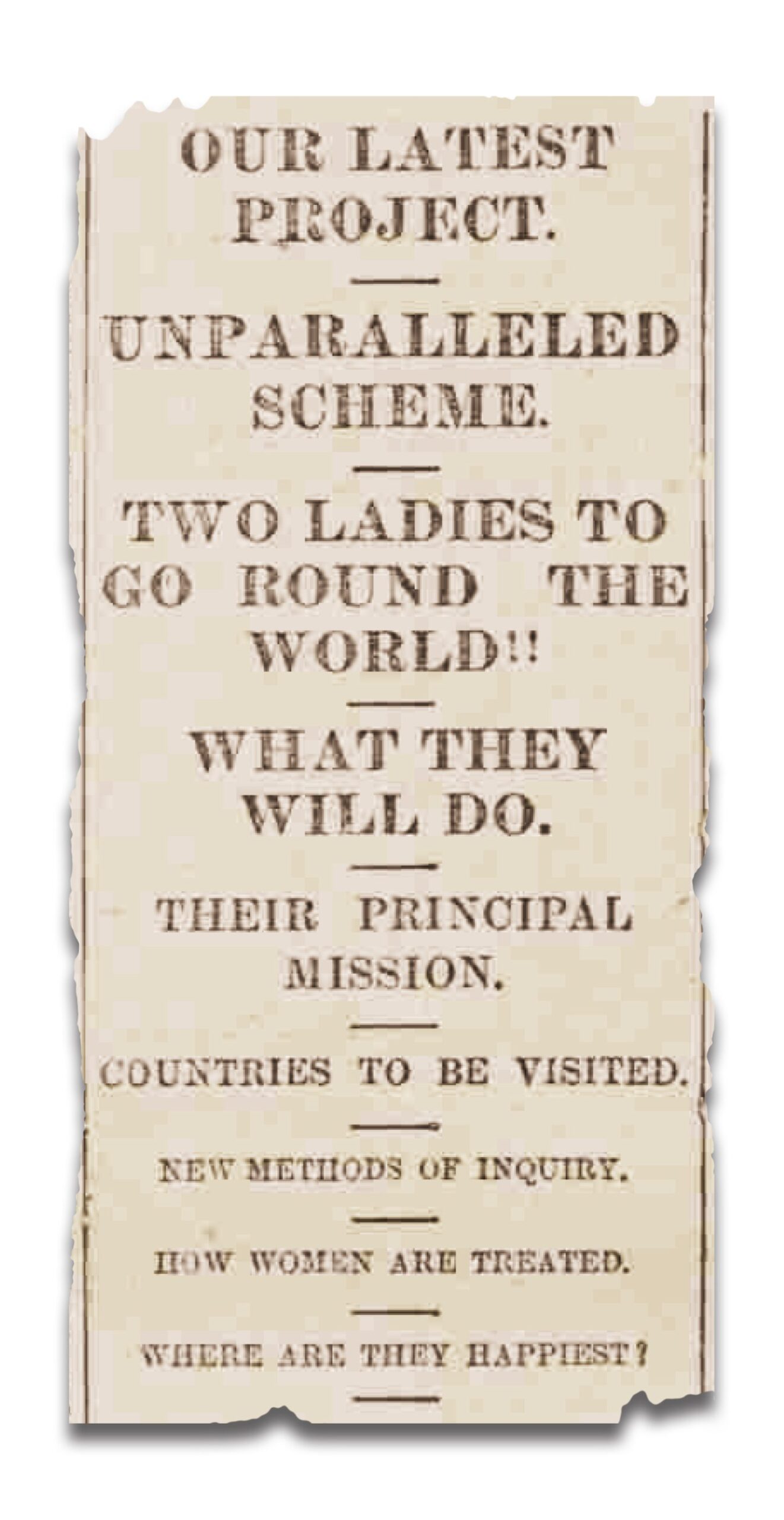
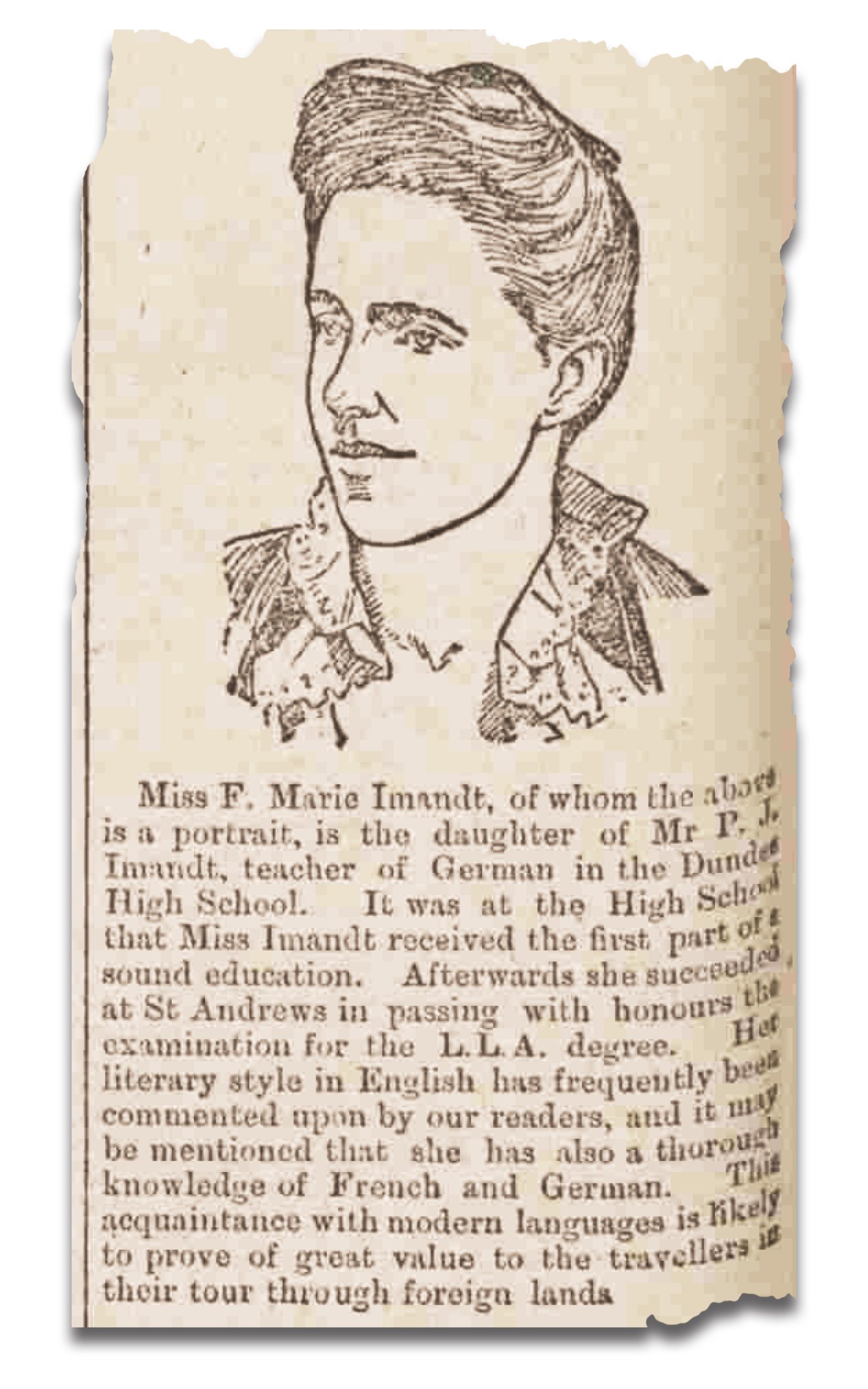
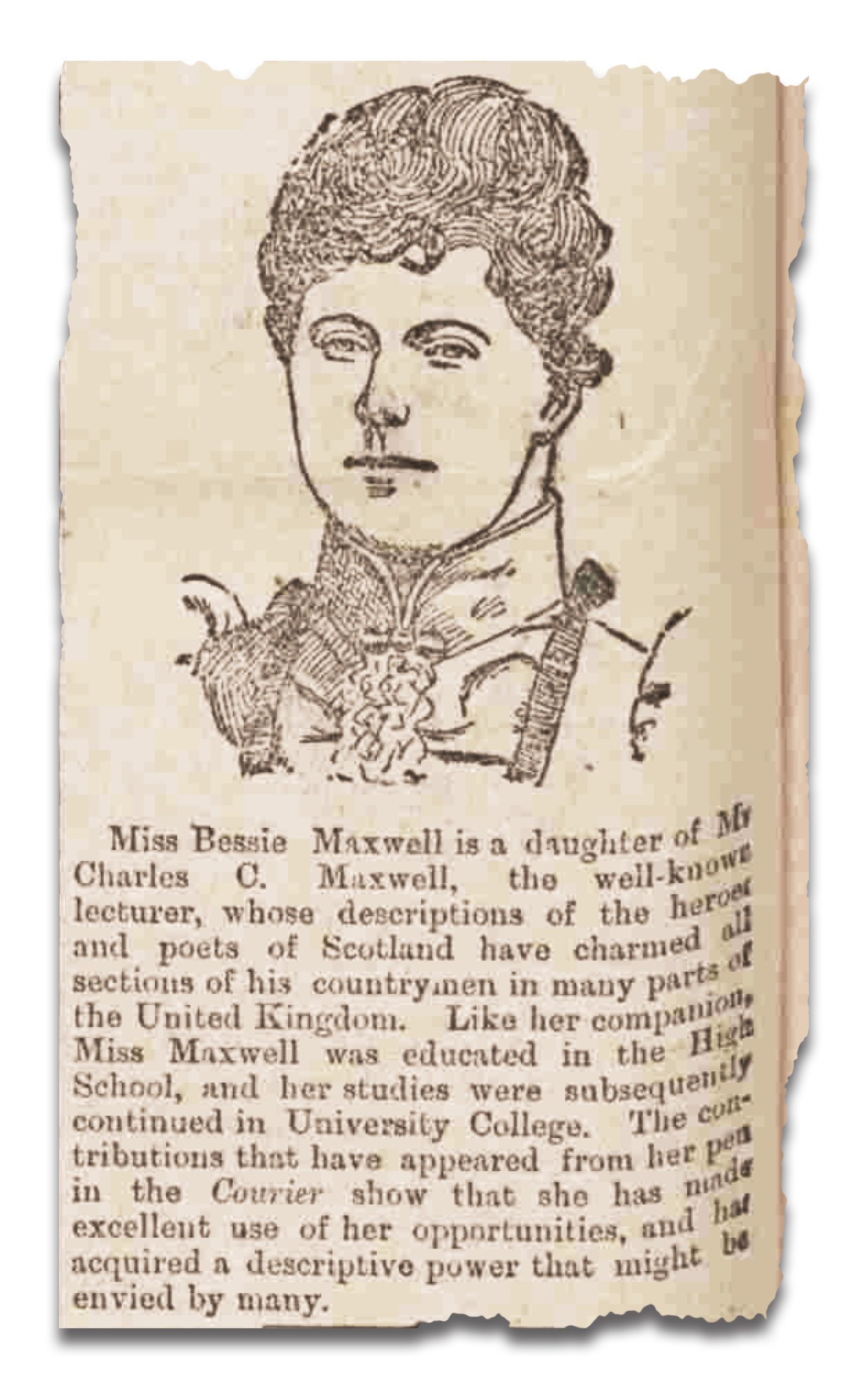
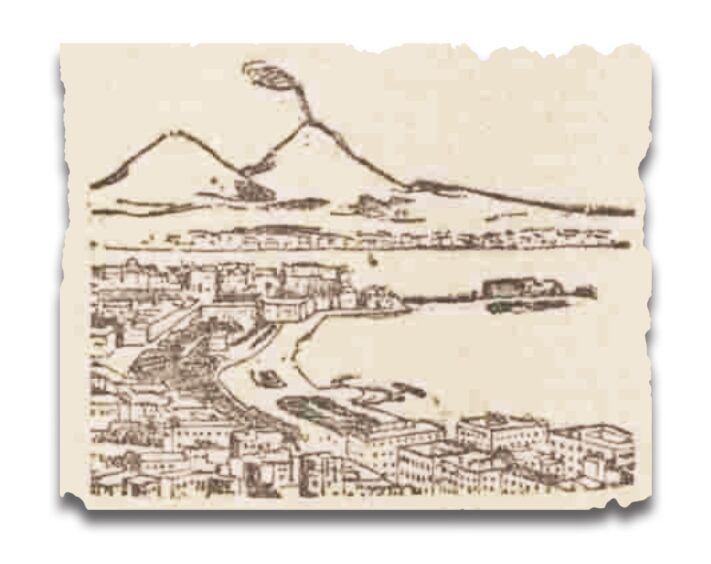
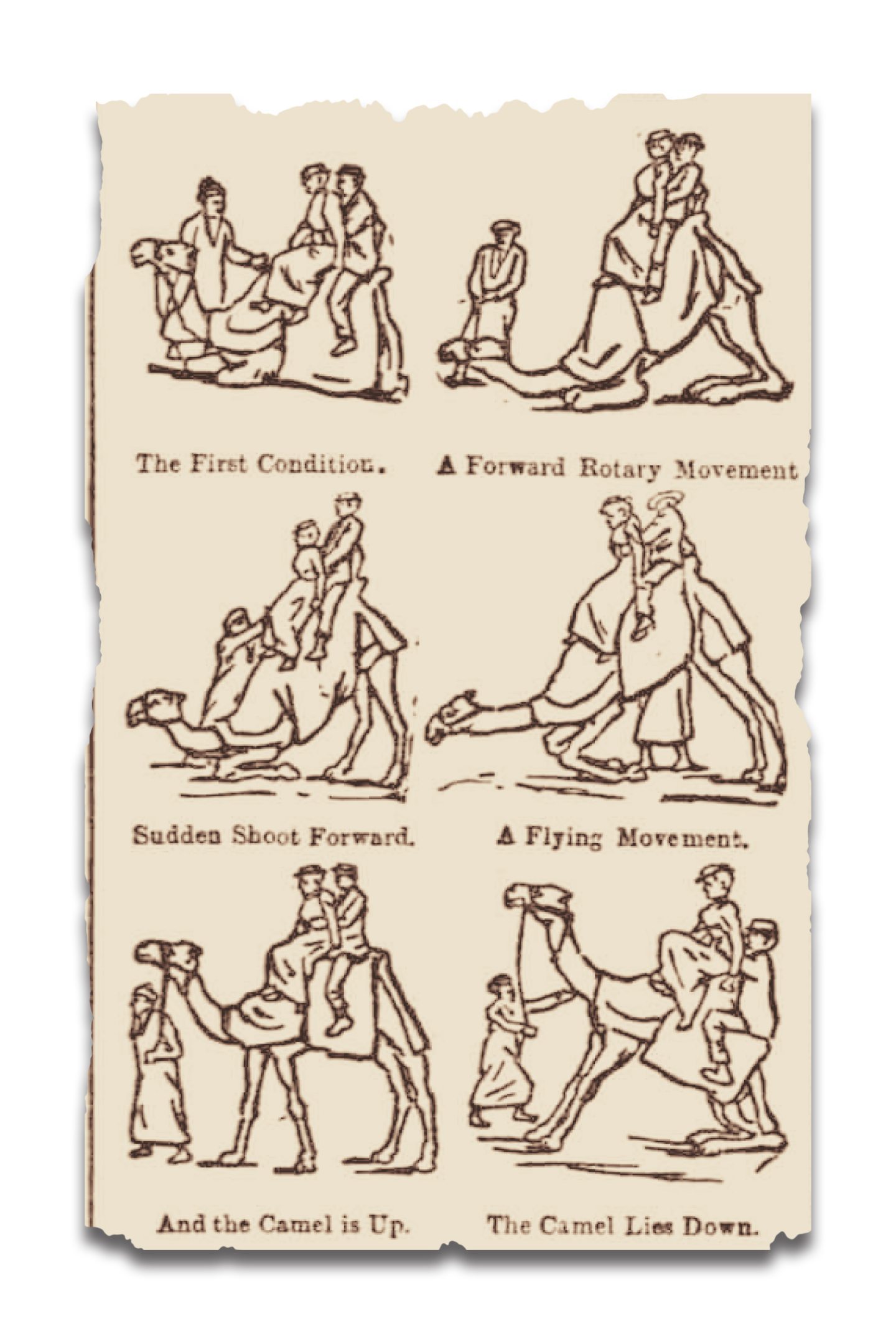
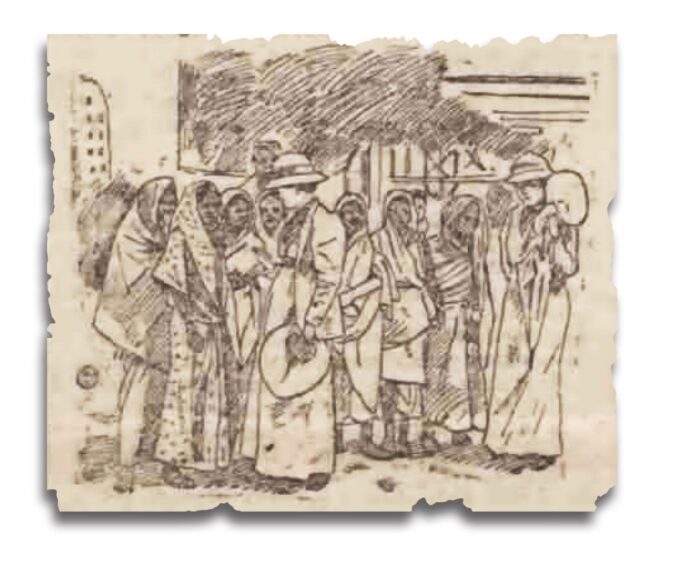
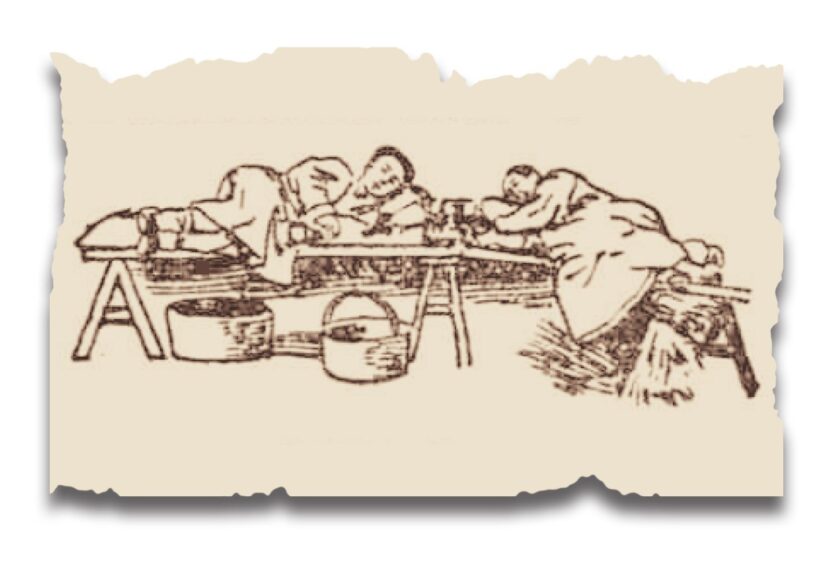
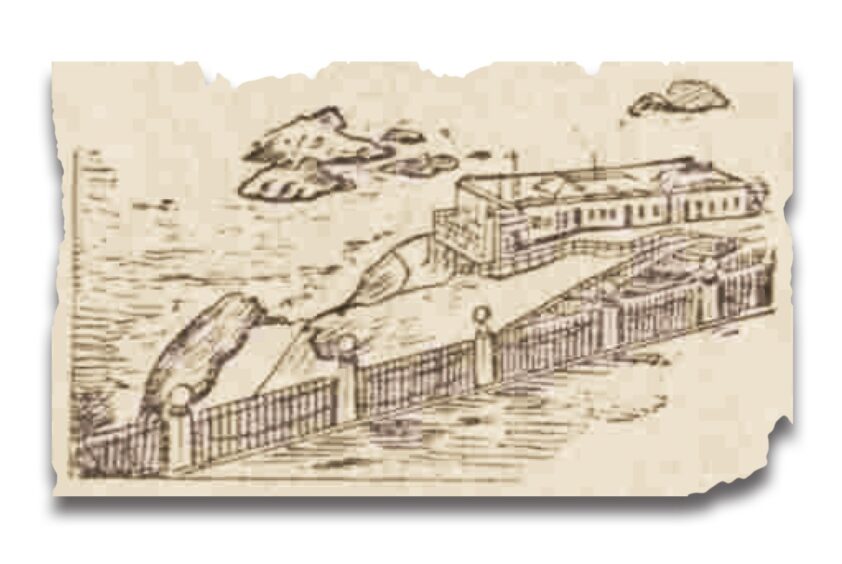
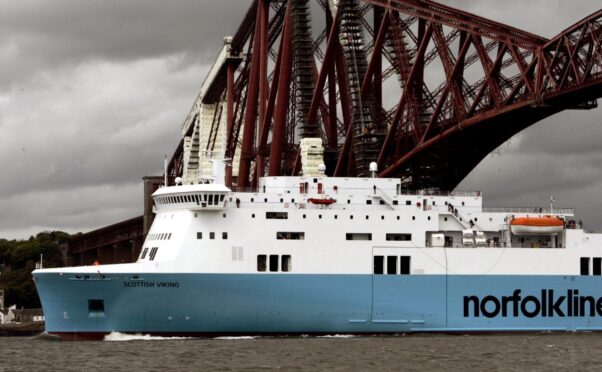
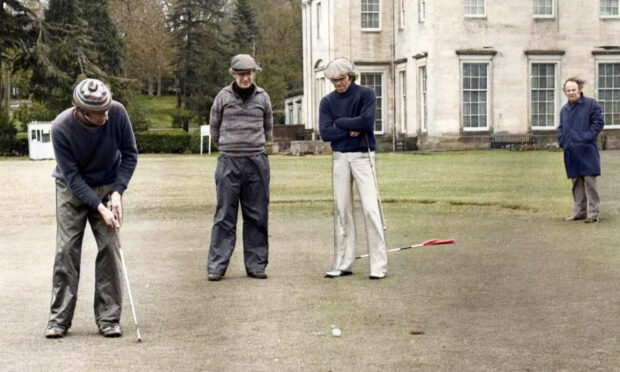
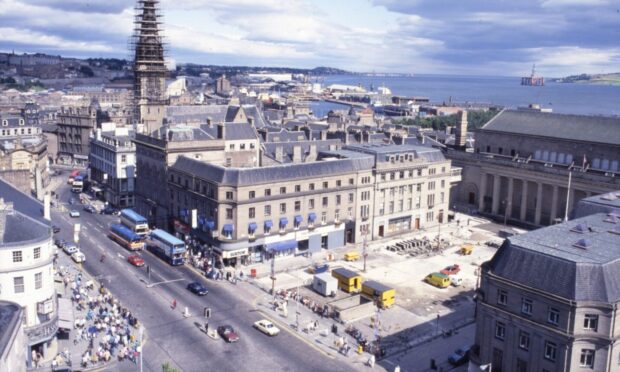


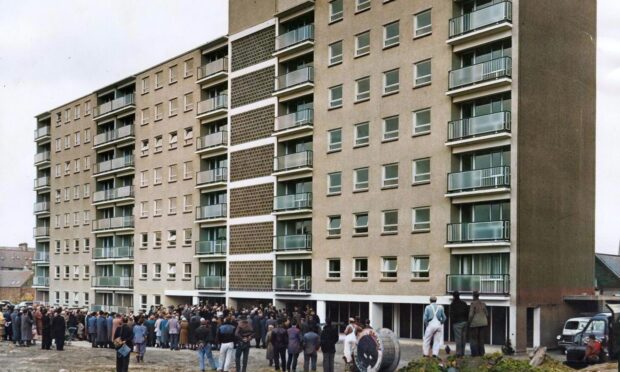

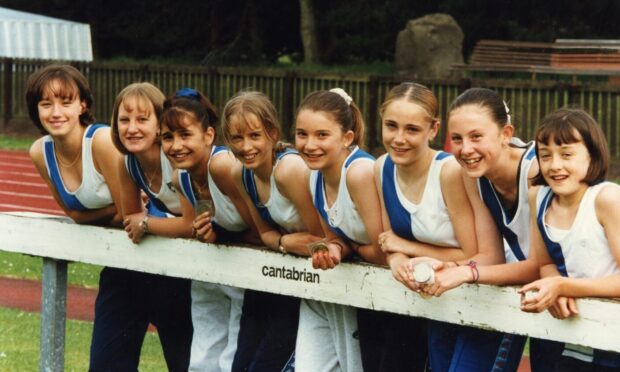

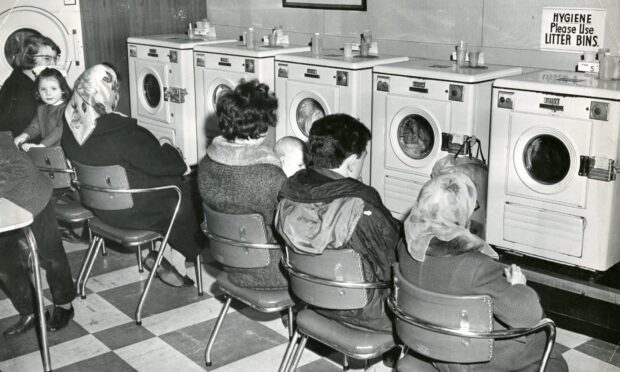
Conversation